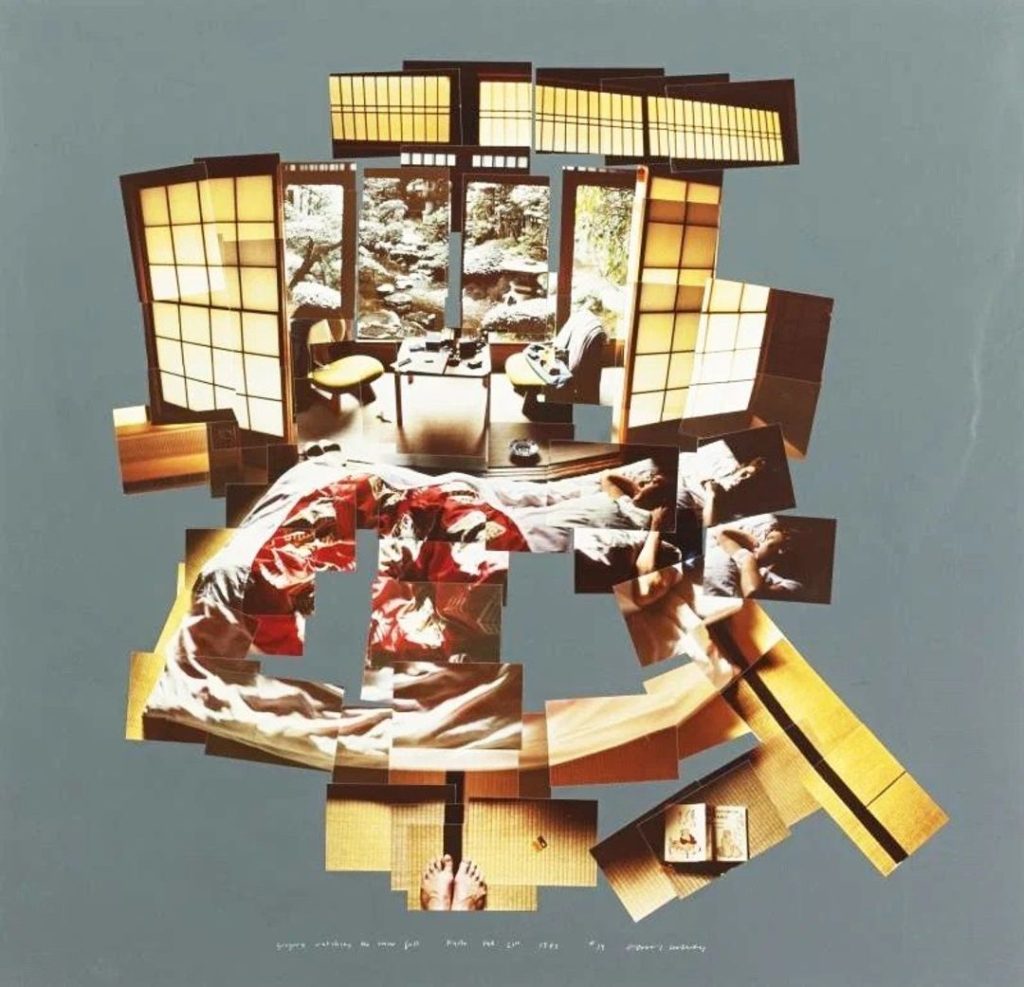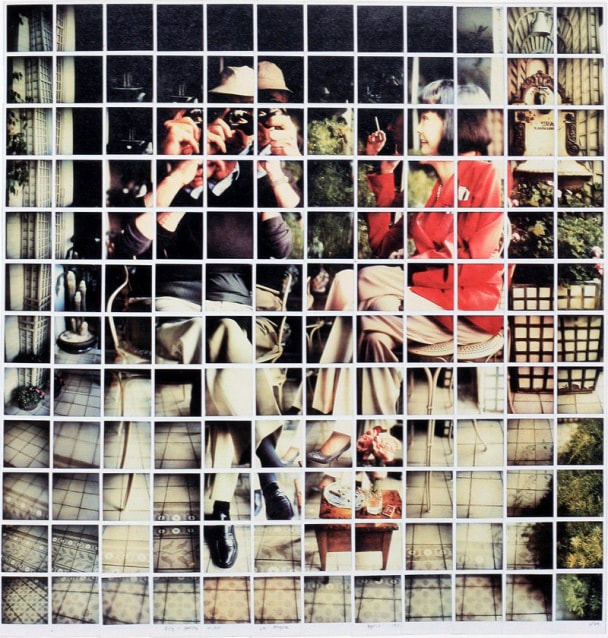David Hockney (born 9 July 1937) is an English painter, draftsman, printmaker, stage designer, and photographer. As an important contributor to the pop art movement of the 1960s, he is considered one of the most influential British artists of the 20th century. In the early 1980s, Hockney started to produce photocollages, which he called “joiners,” starting off with polaroid prints and later of 35mm, processed colour prints. Using a large number of Polaroid prints or photolab-prints of a single subject Hockney arranged a patchwork to make a composite image. One of his first photomontages was of his mother. the images are taken from different perspectives and with slightly different lighting resulting in an effect similar to Cubism.
Joiners:
David Hockney’s creation of the “joiners” occurred accidentally. He noticed in the late sixties that photographers were using cameras with wide-angle lenses to take pictures. He did not like such photographs because they always came out somewhat distorted. Working on a painting of a living room and terrace in Los Angeles, he took Polaroid shots of the living room and glued them together as a preparatory work, not intending for them to be a composition on their own. He realised this picture created a kind of story, as if the viewer was moving through the room. He began to work more and more with photography after this discovery and even stopped painting for a period of time. Hockney had always been interested in Cubism and the idea of multiple perspectives and viewpoints so this was another way for him to explore this way of looking.
Examples of David Hockneys ‘Joiners’:
In the early 1980’s, David Hockney began creating intricate photo collages that he called “joiners”. His earlier collages consisted of grid-like compositions made up of polaroid photographs.
Hockney was very interested in how 3-dimensional space can be portrayed in a 2-dimensional image. Joiners aimed to create an image that was able to show reality how we experience it (in fragments, not as a whole), and to show the passage of time.
How he created joiners was by taking multiple and varying Polaroid shots or photolab-prints of just an individual subject. Then with these shots he would arrange them into what almost looks like a patchwork, to create on overall image. One of Hockney’s first ‘joiners’ was a photomontage of his own mother.
Image analysis:
David Hockney first created ‘Pearlblossom Highway’ first when noticed that photographs taken in the late 1960s came out a bit distorted. This lent him to the idea of creating “joiners” i.e photographic collages. Hockney created Pearblossom Highway over several days while in California. He took many photographs of a view on the notorious route 138, Antelope Valley.

In this photo you can clearly see the image is made up of over 100 different 2-dimensional quadrilaterals positioned in different angles and variations which all make up an image of Pearlblossom Highway created in 1986. The image displays a deserted road containing street signs and a few trees, with a heap of litter scattered around the beginning of the road. It shows good weather conditions that create a good effect contrasting between the blue sky and sandy roads. The images seems slightly distorted in a positive way by David creating all objects and features not appear normal.






